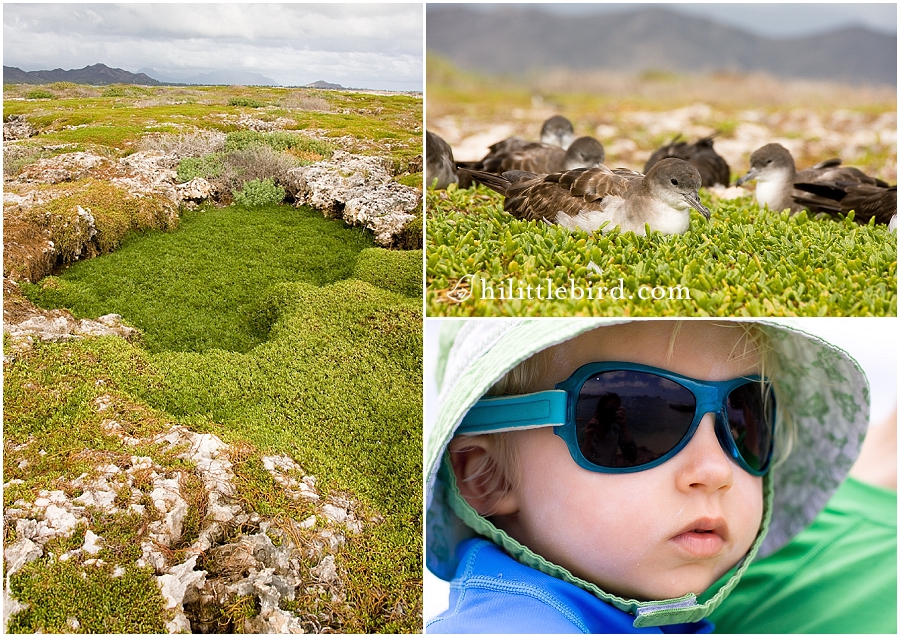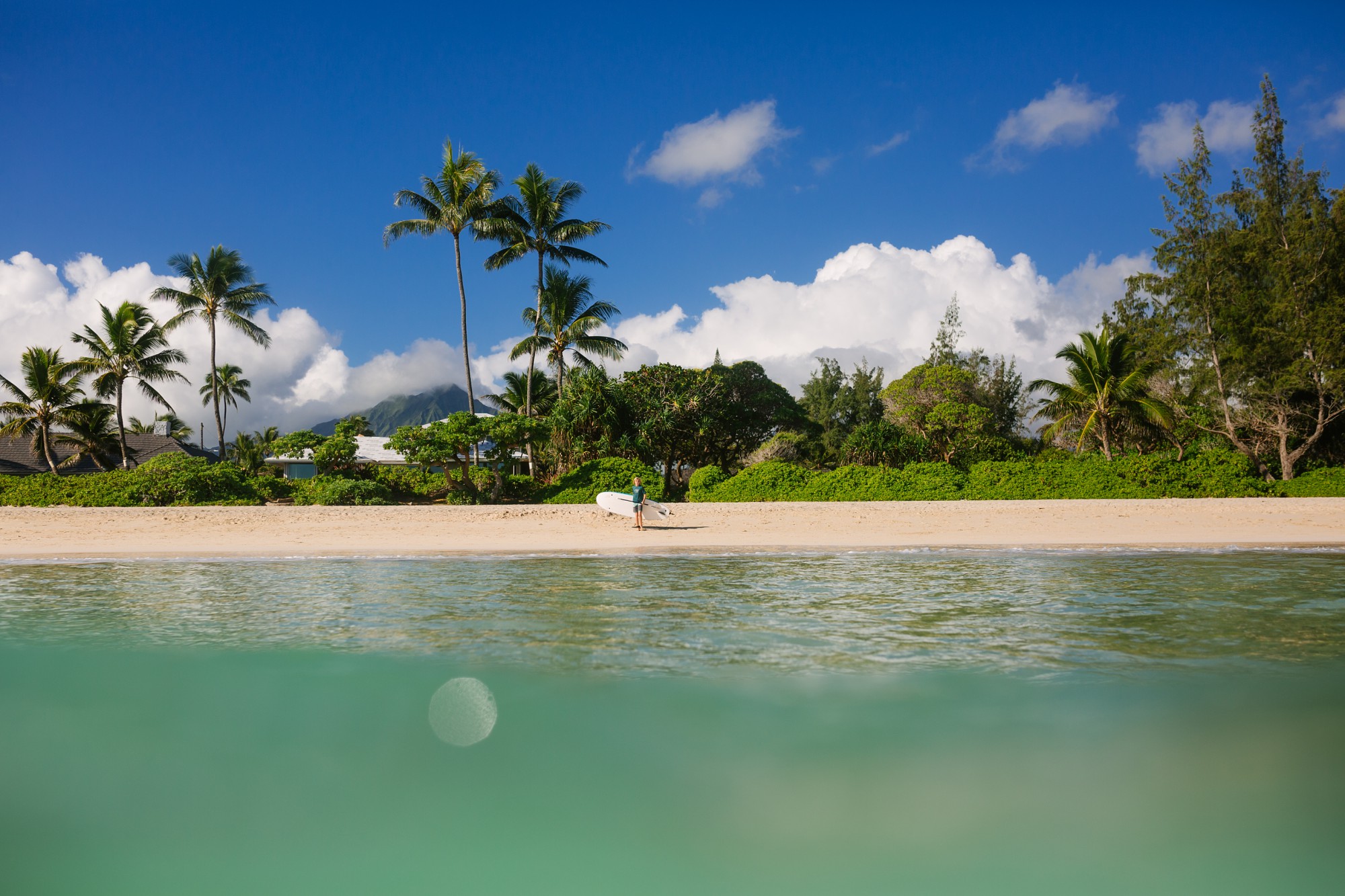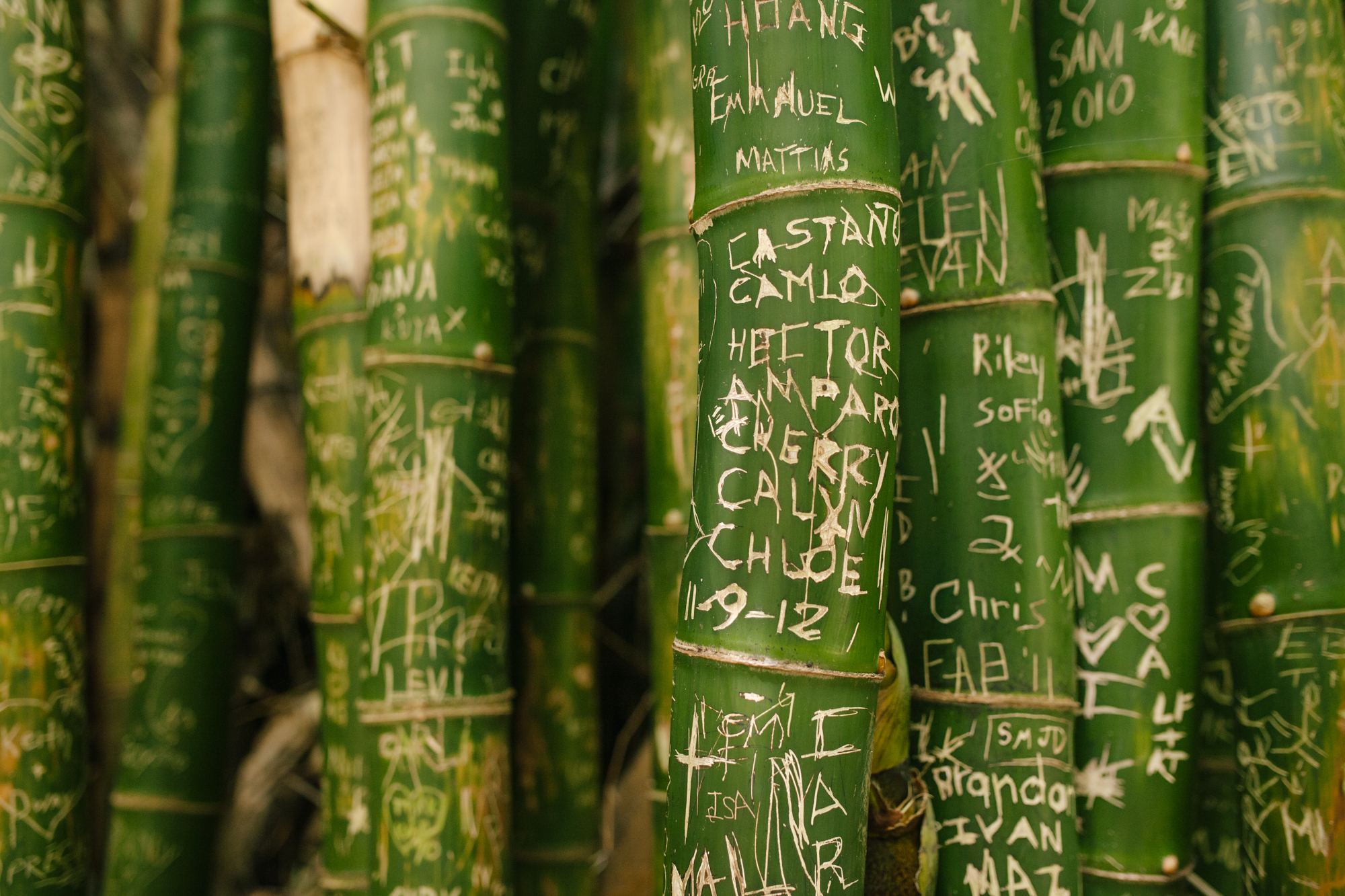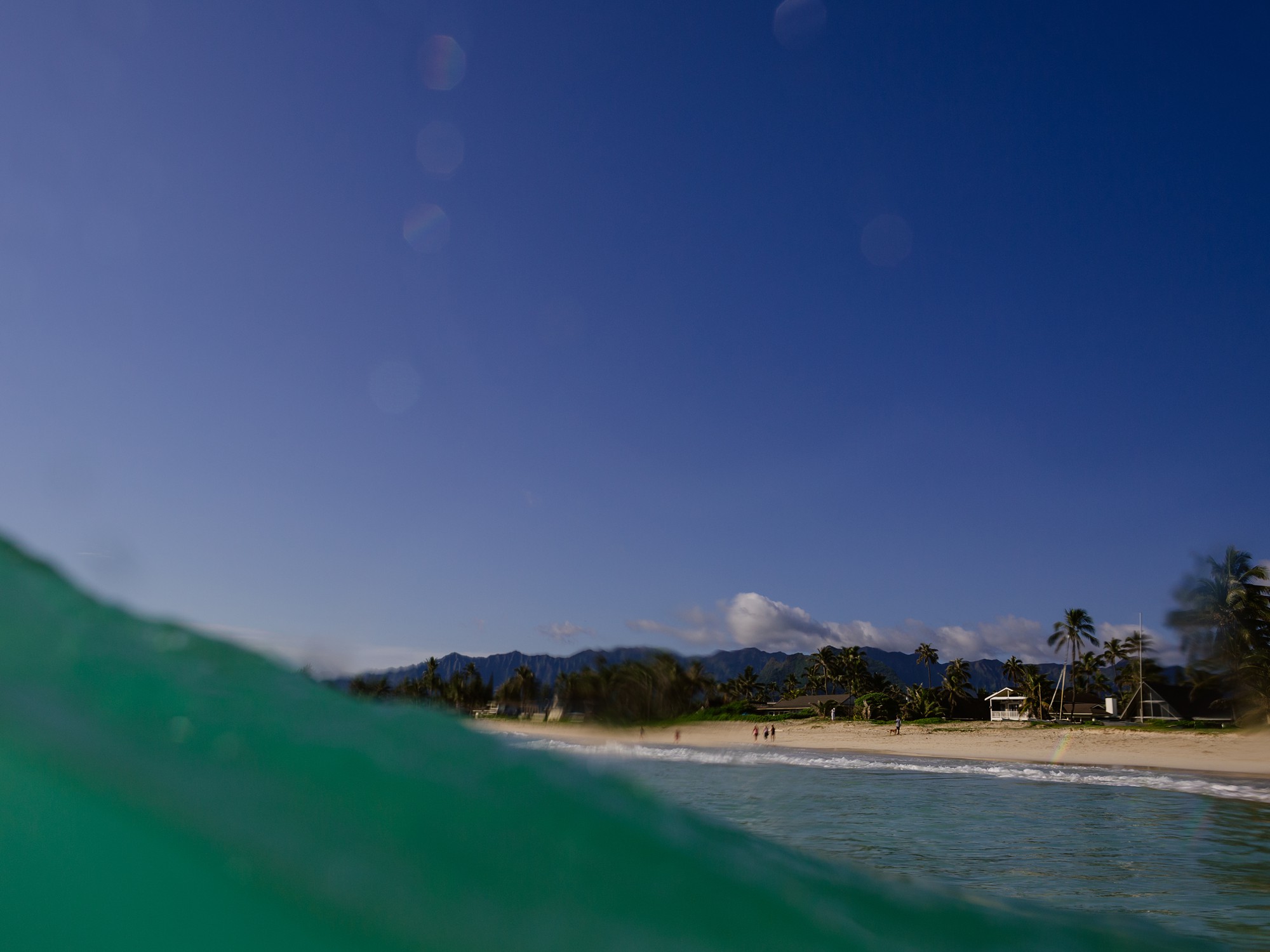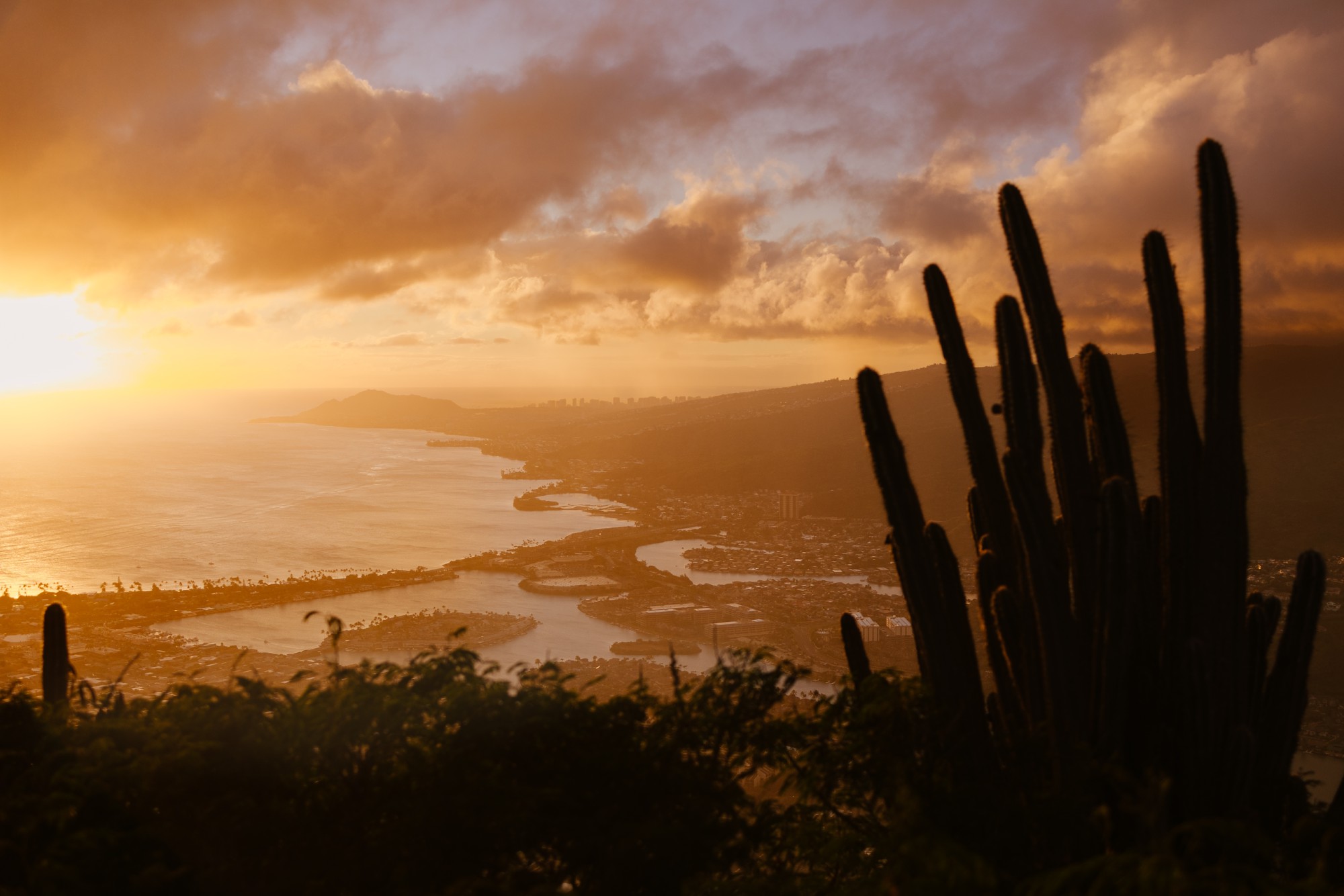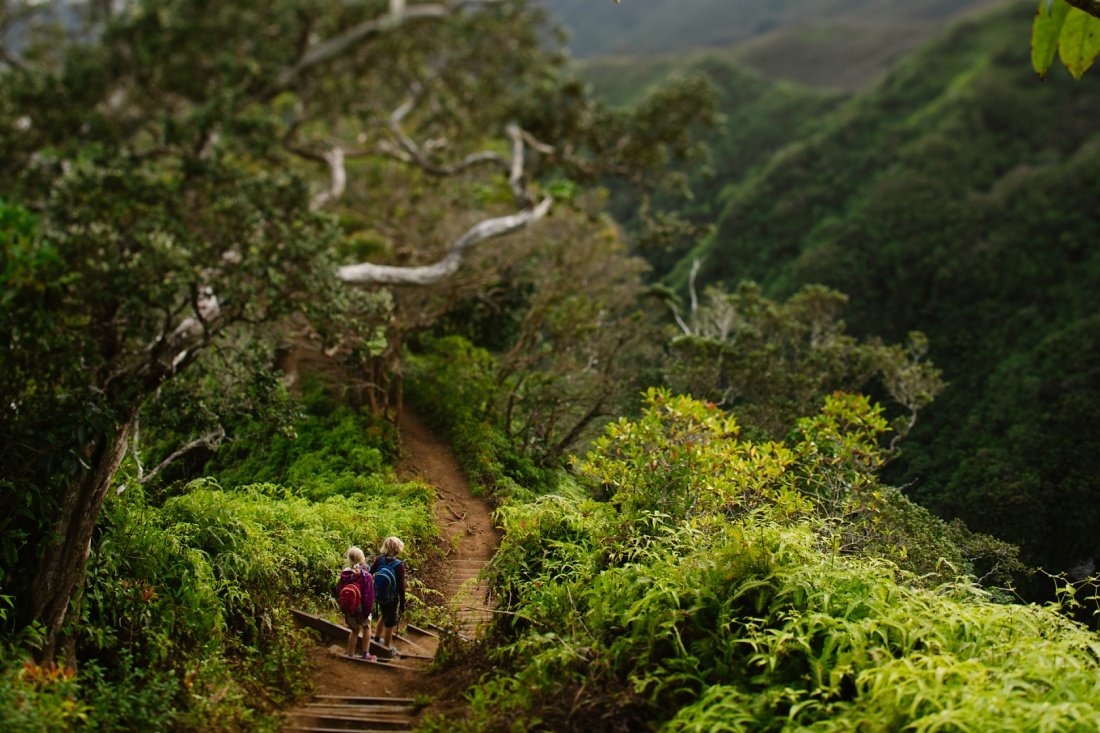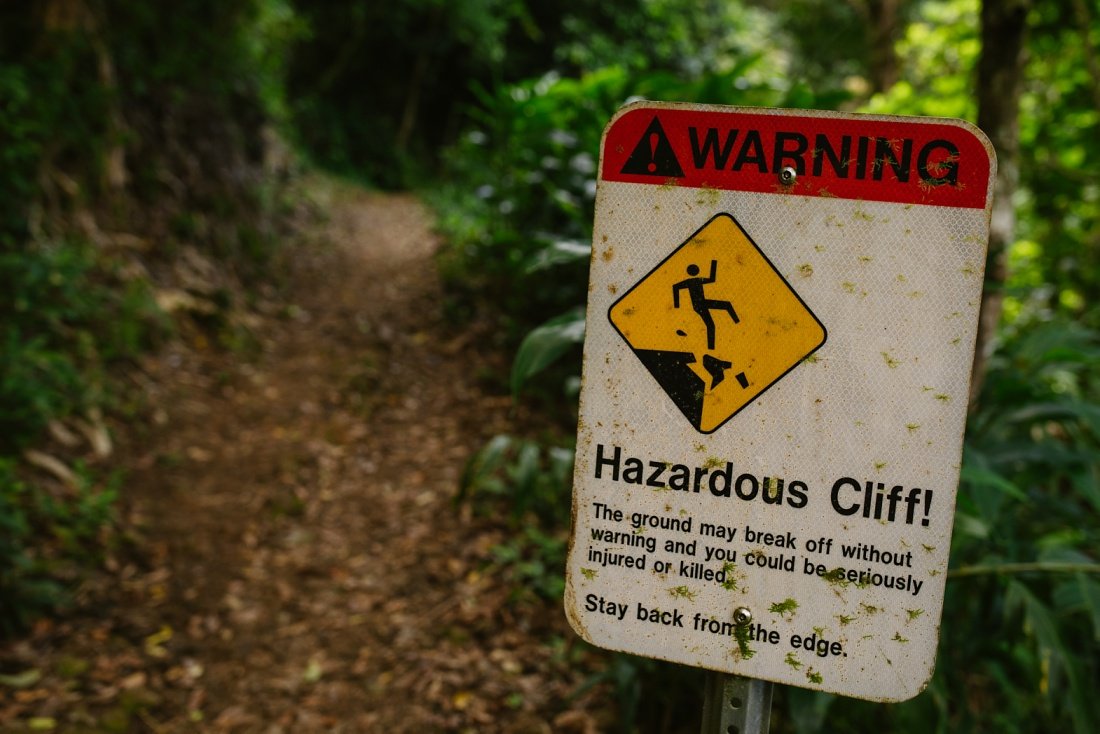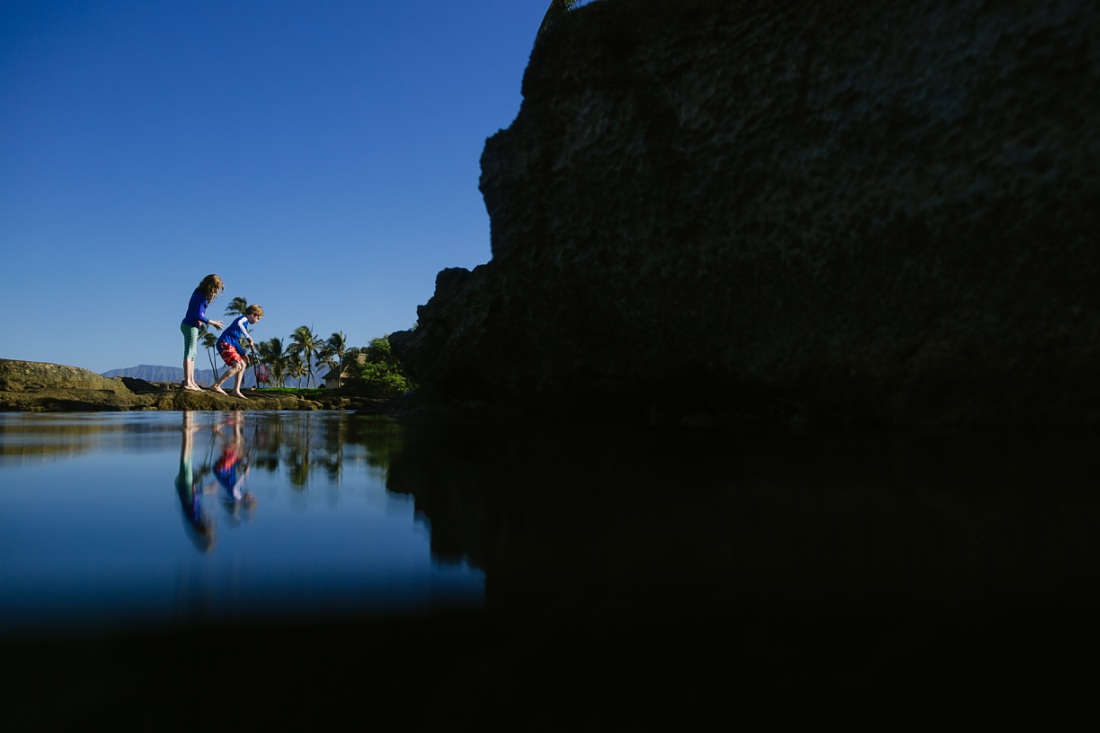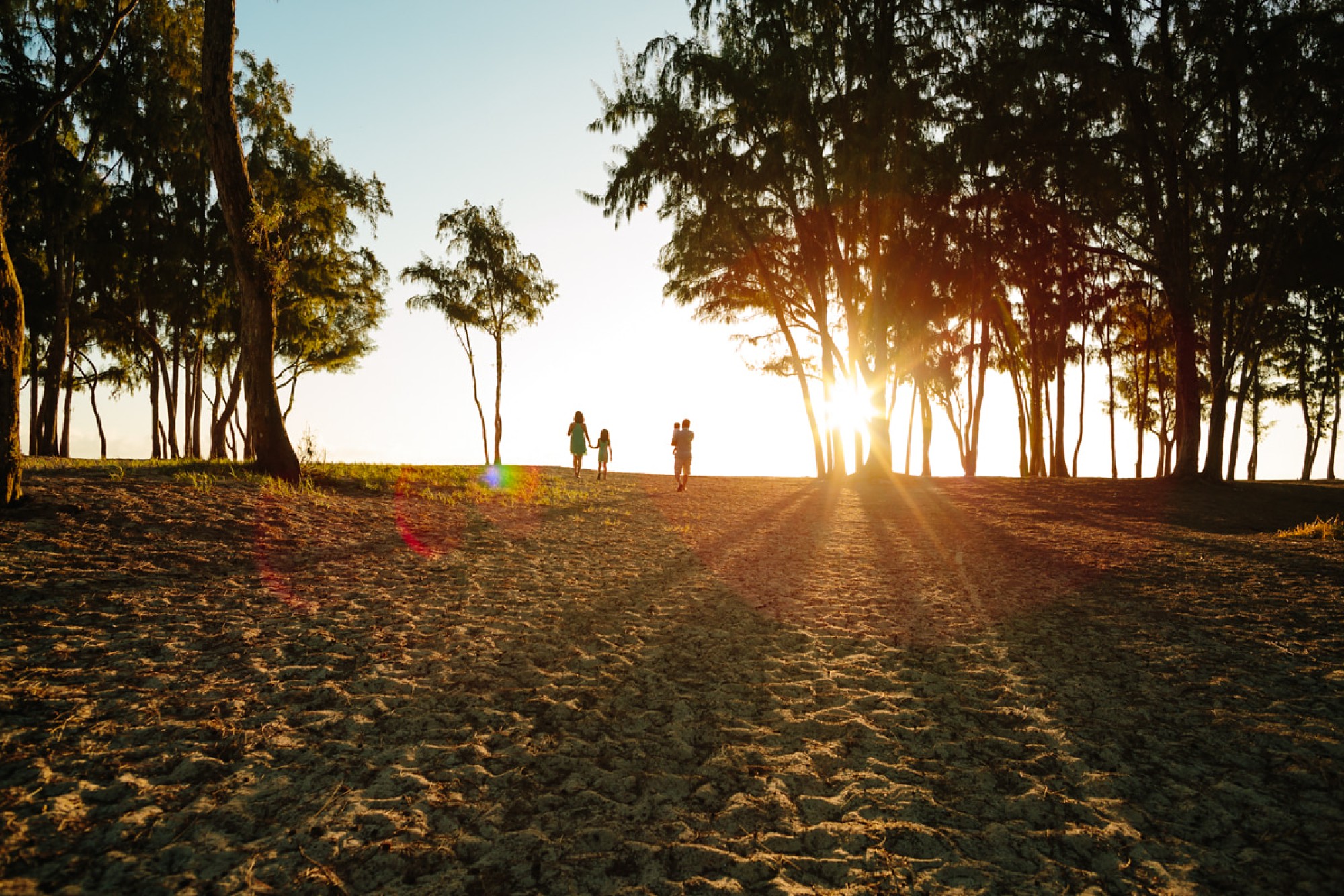Hawaii’s Offshore Islets
I spent most of my free time in the ocean B.C. (before children) – swimming, snorkeling, kayaking, and surfing – good memories! These days, I spend too much time looking at it longingly from shore while supervising two small children. But now that Mila is one year old, it’s time to take her kayaking to Flat Island. B.C. I was a biologist working for Bishop Museum and the University of Hawaii on the conservation of Hawaii’s offshore islets, or mini islands, that lie just offshore the main islands.
Being somewhat isolated from human activity and development and introduced pests has allowed rare native plants, seabirds, and the occasional cool bug to flourish. It’s like taking a little peak back in time to old Hawaii. Most of the offshore islets are off either inaccessible or prohibited to protected native life. However, there are four offshore islands are Oahu worth of a visit – Mokoli’i (Chinaman’s Hat), Mokuau’ia (Goat Island), Popoi’a (Flat Island), and Moku nui (The Mokes). Of those, Popoi’a is the easiest to access and the best option for families.
Kayaking to Flat Island – A Family Adventure
What is Flat Island?
Popoi’a, or Flat Island, is a 4-acre island that lies across from Kailua Beach Park on the east side of Oahu. As the nickname implies, it’s a flat island. So flat that you could potentially miss it with a glance at the bay.
The island is home to a handful of salt-tolerant native plant species and serves as the nesting ground for two species of seabird – the Wedge-tailed shearwater and smaller (adorable) Bulwer’s petrel. Both species lay eggs in the ground either by excavating burrows in the dirt or finding protected nooks in the islands craggy, limestone interior.
Packing List for Kayaking to Flat Island
- Dry bag. Or at least a heavy duty zip lock bag for your phone and keys.
- Slippers or reef shoes. The islet is made of limestone which is very rough on the feet and painful. If you don’t want to dance and grimace your way around the island, bring reef walkers or slippers to protect little (and big) feet.
- Water. A little cold water is great on a hot day.
- Sun protection. The sun is intense in Hawaii so cover up! Reef-safe sunscreen (if you’re unsure if yours is reef-safe, buy your sunscreen on island) is a minimum, a UV shirt, hat, and sunglasses are good to have.
- Snacks. Not that you need them per se, but always nice to have.
- Camera. Also not needed but last time I paddled to Moku nui I saw a baby monk seal frolicking around the shoreline and was so sad I left my camera at home.
Getting to Flat Island
Before you head out, check local weather conditions here. Big swells and wind can make ocean conditions challenging, even for a short paddle. Fortunately, winds are normally onshore meaning it may be tough heading out, but should be easy returning to shore.
Kayaking to Flat Island is the easiest option but you can also paddle with a SUP or swim (only recommended for experienced ocean swimmers). It’s about a half mile paddle from Kailua Beach Park starting at the boat ramp (the last parking access before Lanikai) or, more commonly, from the stream at Kailua Beach Park.
Don’t have your own kayak or paddleboard? You can rent one across the street at Kailua Beach Adventures. They do a great job of educating visitors on ocean safety and natural history. You can book a guided tour or self-guided tour to Popoi’a and Moku nui with them.
Searching for Sea turtles (honu)
When you’re kayaking to Flat Island, keep an eye out for sea turtles. The area south (to the right if you’re facing the island from shore) of Flat Island tends to be a popular spot for Hawaiian green sea turtles. These endangered turtles spend the day foraging for limu (algae) among the shallow reefs in Kailua Bay. If ocean conditions are calm, you can paddle around looking for their little heads to pop up for breaths of air.
On the island
Land on the narrow, sandy beach facing Kailua Beach Park. Pull your kayak to dry land so the ocean doesn’t claim it but avoid damaging plants and burrows.
The distinct smell of the island comes partly from seabird guano and partly from plants – Chenoposium oahuense (a shrub in the Goosefoot family) or ʻĀweoweo in Hawaiian. ʻĀweoweo is both the name of the coastal shrub and a fish. When you crush the leaves of the plant, it smells like the fish!
Once on the island you can sit on the little beach and enjoy the view, explore the rocky shallows, or tour the perimeter of the island. The island is a seabird sanctuary to stay on the trail and out of middle of island to protect bird burrows and native plants. Oh, and leave dogs at home.
Can you snorkel around Flat Island?
Meh, not worth it. On a rare calm day you can snorkel around the coral heads off Lanikai Beach. The further out you go, the more fish and live coral you will find, but go early before the sand gets stirred up and decreases visibility. And if you adventure out far, go with a buddy so they can hold your kayak while you snorkel. A leash on your kayak makes it easier to coordinate.
What to do after kayaking to Flat Island?
Grab a bite to eat in Kailua town
Explore more near Kailua

